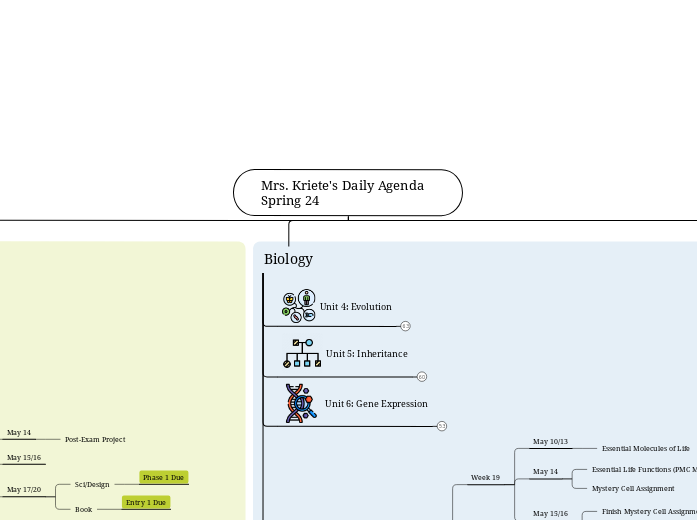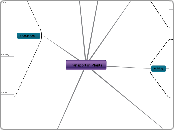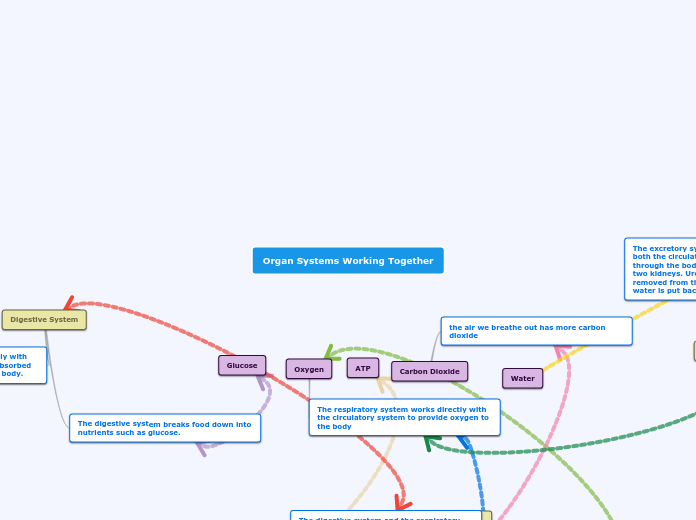door Brian Park 3 jaren geleden
226
Proteins are a macromolecule that consists of monomers called amino acids, and polymers that are a called polypeptides. These proteins are made up of carbons, hydrogens, oxygens, nitrogen's, and sulphur's. Proteins functions can be divided in to two areas
The cell membrane plays a crucial role in cellular respiration by maintaining electrochemical gradients essential for ATP production. Respiration, an exothermic reaction, can occur both aerobically and anaerobically within and around the mitochondria.









